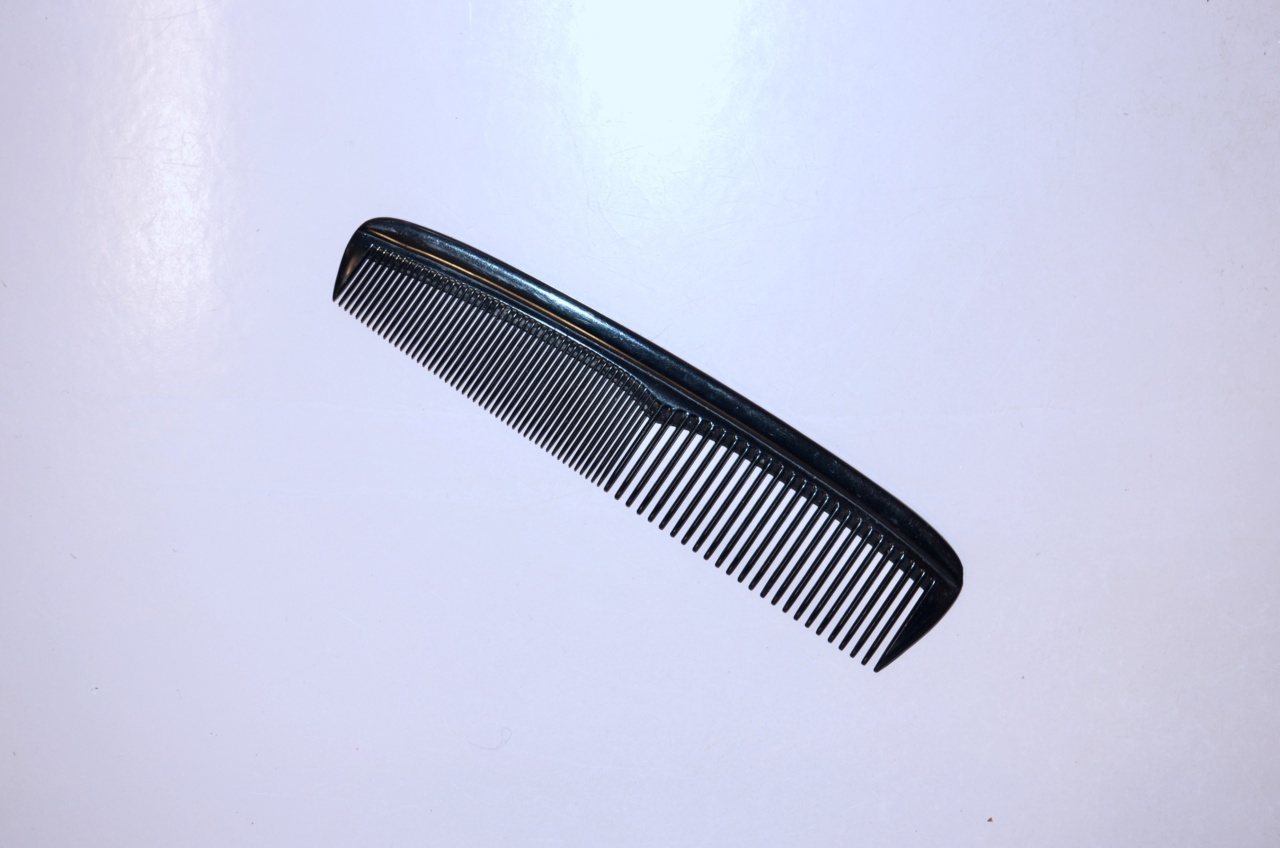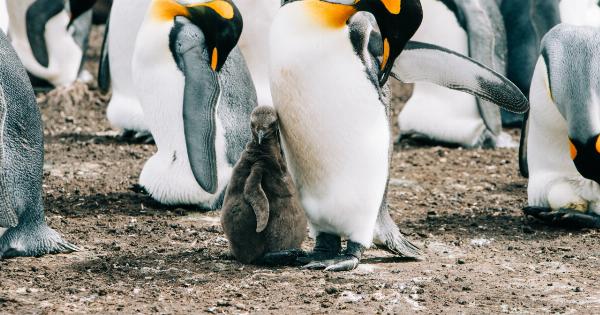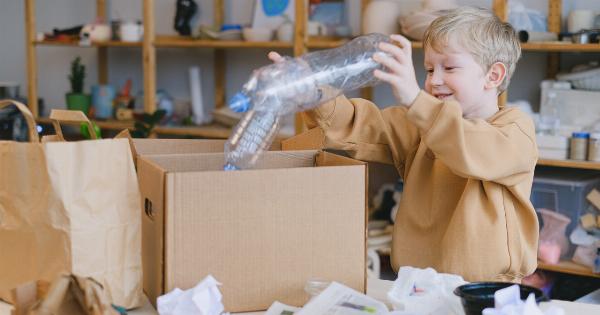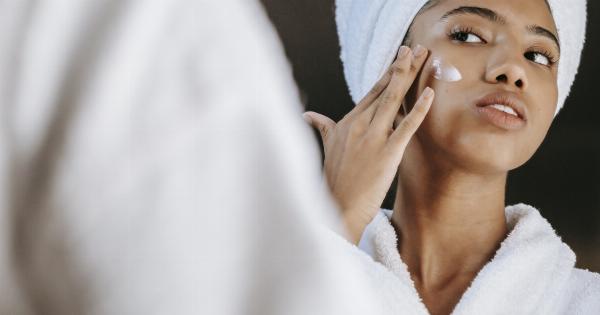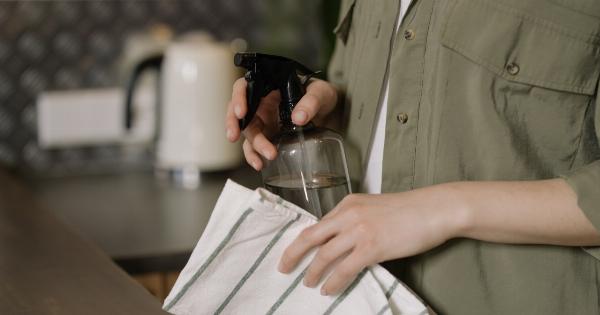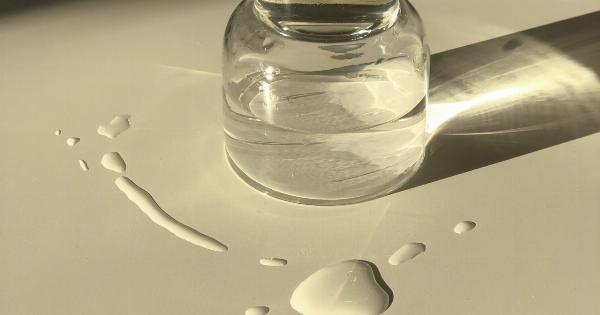Every day we come into contact with various items that make our lives easier, from cosmetics to cleaning products, but most people are unaware of the toxins that are present in these household items.
Here are some common items that contain surprising toxins and how to avoid them.
Cookware
Non-stick pans may seem like a lifesaver when it comes to cooking, but they contain a harmful toxin called perfluorooctanoic acid (PFOA).
This chemical is used to make the non-stick coating and has been linked to cancer, thyroid disease, and developmental problems in children. To avoid this toxin, use stainless steel or cast iron cookware instead.
Plastic containers
Plastic containers are extremely convenient for storing food and drinks, but they contain toxic chemicals such as bisphenol A (BPA) and phthalates, which can leach into the food.
Exposure to these chemicals has been linked to cancer, fertility problems, and developmental problems in children. To avoid these toxins, use glass or stainless steel containers instead.
Cosmetics
Cosmetics, such as makeup and hair products, contain a variety of toxins. One of the most common is phthalates, which are used to make fragrances last longer. They are linked to reproductive problems and hormone disruption.
Parabens, used as preservatives in cosmetics, are also linked to hormone disruption and breast cancer. To avoid these toxins, use natural or organic cosmetics without synthetic fragrances.
Cleaning products
Cleaning products, such as detergents and fabric softeners, contain a range of toxins. One of the most dangerous is 2-butoxyethanol, which is found in some all-purpose cleaners and is linked to liver and kidney damage.
Ammonia, found in window cleaners, can cause respiratory problems. To avoid these toxins, use environmentally friendly cleaning products or make your own using natural ingredients.
Baby products
Baby products, such as diapers and baby wipes, contain a range of toxins. One of the most common is sodium polyacrylate, which is used in disposable diapers to absorb moisture. It has been linked to skin irritation and respiratory problems.
Many baby wipes contain methylisothiazolinone, a preservative that can cause allergic reactions. To avoid these toxins, use cloth diapers and baby wipes made with natural ingredients.
Furniture
Furniture, such as sofas and mattresses, can contain flame retardants such as polybrominated diphenyl ethers (PBDEs). These chemicals are linked to hormone disruption, developmental problems, and cancer.
To avoid these toxins, opt for furniture made without flame retardants or made with natural flame retardants such as wool.
Air fresheners
Air fresheners, such as sprays, candles, and plug-ins, contain a range of toxins. Many contain phthalates, which are used to make fragrances last longer and are linked to hormone disruption.
Some contain benzene and formaldehyde, which are both carcinogenic. To avoid these toxins, use natural air fresheners such as essential oils or simply open a window.
Personal care products
Personal care products, such as toothpaste and deodorant, can contain toxins such as triclosan and aluminum. Triclosan, found in some toothpastes and soaps, is linked to hormone disruption. Aluminum, found in many deodorants, is linked to breast cancer.
To avoid these toxins, use natural or organic personal care products without these ingredients.
Food packaging
Food packaging, such as cans and plastic containers, can contain toxins such as BPA and phthalates. These chemicals can leach into the food and have been linked to cancer, fertility problems, and developmental problems in children.
To avoid these toxins, choose fresh or frozen food or look for products packaged in glass or BPA-free plastic.
Pesticides
Many fruits and vegetables are sprayed with pesticides, which can be toxic to humans. These chemicals have been linked to cancer, developmental problems, and hormone disruption.
To avoid these toxins, choose organic produce or wash fruits and vegetables thoroughly before eating them.
